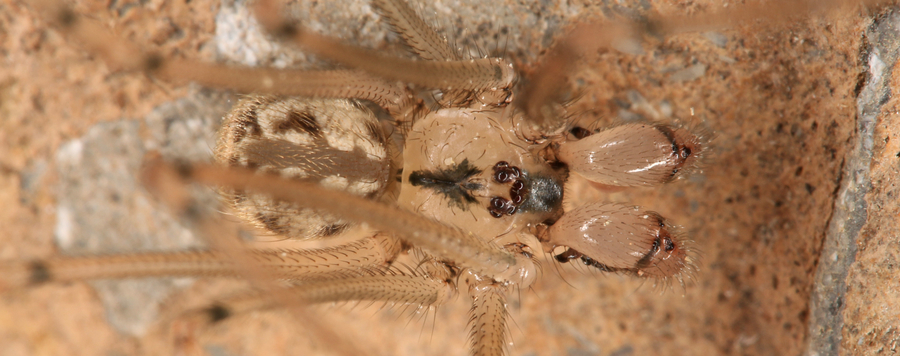
Sexual selection and static allometry
Many spectacular cases of biological diversity are associated with sexual selection, and structures under sexual selection often show positive static allometry (being disproportionately large for the size of the animal’s body in larger individuals). But sexually-selected structures also show negative allometry or isometry. We propose explanations for this variation according to the function of sexually selected structures (courtship, threat signals, and weapons). Positive allometry is predicted for threat structures (including most weapons) because of consistent associations with body size: larger individuals tend to win fights, and threat signals are used to evaluate the size of rivals and avoid fights with larger opponents. Also, payoffs tend to be higher for larger males, and discriminating the sizes of relatively larger traits requires greater absolute differences due to Weber’s Law. Courtship signals, in contrast, may convey many types of information not consistently related to body size, so positive allometry is expected less often. We tested these predictions by comparing structures with relatively “pure” functions: contact courtship structures used exclusively to hold or contact females in sexual contexts (16 species); and “pure” non-contact courtship devices (4 species), versus “pure” threat devices (9 species). Our results support the hypothesis and explain differences in previous studies.





